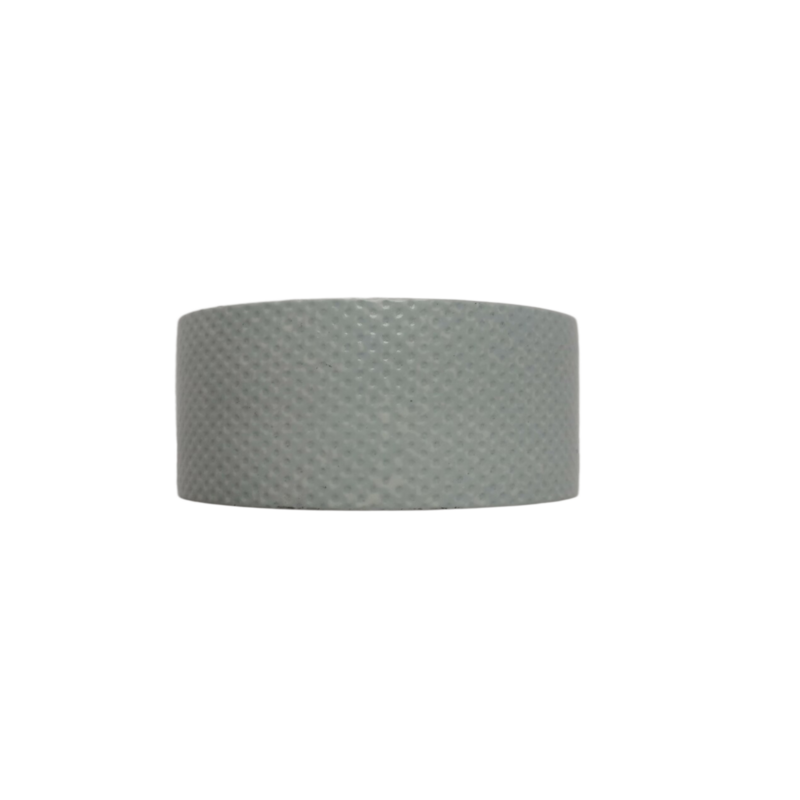The Versatility and Benefits of Butyl Rubber Sealant
Butyl rubber sealant has carved a niche for itself in various industries, primarily due to its unmatched adhesion, flexibility, and weather resistance. Widely recognized for its black formulation, butyl rubber sealant plays a critical role in construction, automotive, and manufacturing applications.
What is Butyl Rubber Sealant?
Butyl rubber is a synthetic rubber that is produced through the polymerization of isobutylene, often with isoprene. This unique composition gives butyl rubber its outstanding properties. The sealant form of butyl rubber is usually available in both liquid and tape forms. It’s designed to create lasting bonds and seal joints in a variety of substrates, making it a go-to choice for professionals working in demanding environments.
Key Benefits of Butyl Rubber Sealant
1. Excellent Adhesion One of the standout features of butyl rubber sealant is its superior adhesion capabilities. It bonds effectively to a wide array of materials including metal, glass, wood, and plastics, making it suitable for diverse applications. When applied correctly, it can create a robust seal that withstands pressure and movement.
2. Weather Resistance Butyl rubber is inherently resistant to UV light, moisture, and extreme temperatures, which makes it ideal for outdoor applications. This weather-resistant quality protects the seals from degrading over time, ensuring longevity and durability even under harsh conditions.
3. Flexibility Unlike many other sealants that can become rigid and prone to cracking, butyl rubber remains flexible after curing. This characteristic is crucial for applications where movement or expansion occurs, allowing the sealant to maintain its integrity over time.
butyl rubber sealant black

4. Vibration and Sound Dampening Butyl rubber has excellent vibration-dampening properties, which makes it invaluable in automotive and industrial applications. By absorbing vibrations, it not only protects the structural integrity of the materials but also enhances user comfort by reducing noise levels.
5. Easy Application Available in ready-to-use tubes and tapes, butyl rubber sealants are straightforward to apply, making them accessible for both professionals and DIY enthusiasts. The sealant can be applied in various thicknesses, allowing for flexibility in achieving the desired seal.
Common Applications
Butyl rubber sealant is used extensively across various sectors
- Construction The sealant is commonly applied in roofing to seal joints and seams, ensuring a waterproof barrier that protects against leaks. - Automotive In the automotive industry, butyl rubber is used for sealing windshields, windows, and other components to prevent water ingress and noise reduction.
- Manufacturing Many manufacturers rely on butyl rubber sealant for assembly lines, where it serves as a bonding agent for different materials and creates airtight seals in enclosures.
Conclusion
In summary, butyl rubber sealant stands out as an indispensable tool in a range of applications due to its remarkable properties. Its ability to form strong, flexible, and weather-resistant bonds makes it a preferred choice for professionals in diverse fields. Whether you're working on a construction project, repairing an automobile, or engaging in DIY home repairs, butyl rubber sealant can provide the reliable performance you need. As industries continue to evolve, the versatility of butyl rubber sealant in tackling new challenges ensures its place as a staple in adhesive technologies for years to come.
-
XIANGFAN Rubber Tape-Ultimate Solutions for All Your Insulation NeedsNewsJun.24,2025
-
XIANGFAN Rubber Tape-Protection for Industrial and Residential ApplicationsNewsJun.24,2025
-
XIANGFAN Rubber Tape: Superior Safety and Sealing for Demanding EnvironmentsNewsJun.24,2025
-
XIANGFAN Rubber Tape: Reliable Solutions for Every Electrical ChallengeNewsJun.24,2025
-
XIANGFAN Electrical & Industrial Tape: Powering Reliability Across IndustriesNewsJun.24,2025
-
XIANGFAN Electrical & Industrial Tape: Excellence in Every ApplicationNewsJun.24,2025
